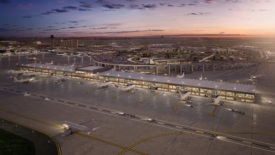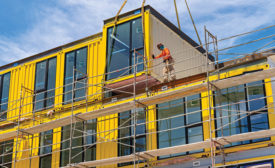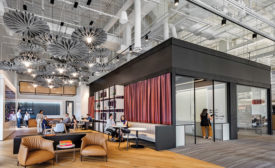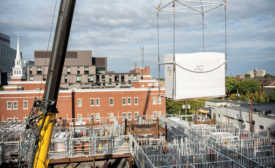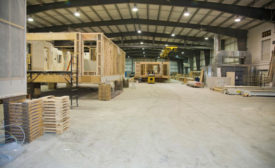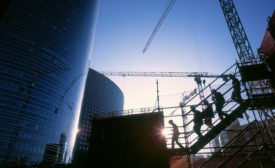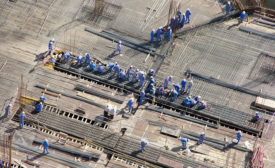Home » Keywords: » Modular Construction
Items Tagged with 'Modular Construction'
ARTICLES
Construction Methods
Rhode Island Adopts Off-Site Construction Building Codes for MEP
The Ocean State is the first to adopt an ICC/MBI code for MEP systems, energy efficiency and water conservation in off-site construction
Read More
Sponsored Content
Webinar: The Bright Future of Modular and Offsite Construction
June 6, 2023
Sponsored Content
Disrupt your market with Off-site, modular construction facilitated by IFS Cloud
April 7, 2023
Sponsored Content
Transforming the Construction Industry
Off-site Manufacturing & Modular Construction
July 15, 2022
The latest news and information
#1 Source for Construction News, Data, Rankings, Analysis, and Commentary
JOIN ENR UNLIMITEDCopyright ©2025. All Rights Reserved BNP Media.
Design, CMS, Hosting & Web Development :: ePublishing




